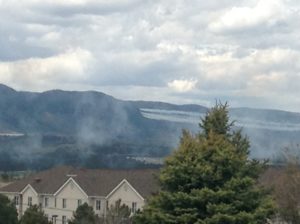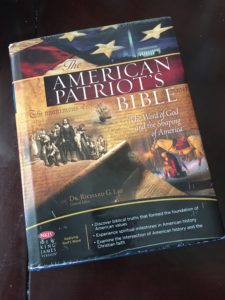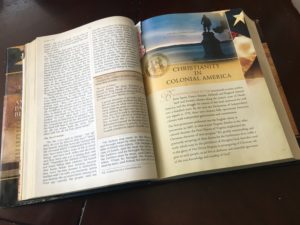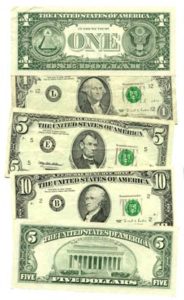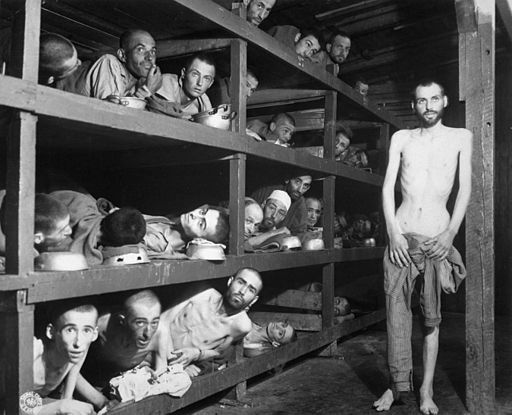Every year, I like make a list at the end of the year of the best books that I read for the first time in the previous year. They don’t have to be new books, they just have to be books that I read for the first time in the previous year. This year, I didn’t read a ton of new books (a couple of the books that I read were really long), but I was able to come up with a list of the top 7 books that I read as we enter the year 2017:
7. Liars
Glenn Beck released Liars this summer. If you are interested in 20th century history, then this is an excellent book to check out. It’s an easy book to read, but it has a lot of information in it.
As an example, did you know that the United States government, in an effort to keep people from drinking alcohol during prohibition, actually poisoned alcohol? The purpose was to find out where this alcohol was going.
Liars focuses on the history of progressivism, and is divided into three sections. The first section focuses on the history of progressives in the past, from its very roots, even before Beck’s least favorite president ever, Woodrow Wilson. The second section focuses on progressives of today, and the third section focuses on the future. What can we do about it?
If you’ve listened to all of Glenn Beck’s episodes over the summer, then you might know about a lot of the information shared here, but the book is a great reference.
6. History of the Renaissance World
If you are a homeschooler, you might be familiar with Susan Wise Bauer. She wrote the popular four-book Story of the World series for elementary and middle-grade children. You might not also know that she wrote a series of history books for adults as well.
The History of the Renaissance World covers the time period from the days after the First Crusade up until the years shortly before the discovery of the New World. I’m not exactly sure that you could say that this was the “Renaissance”, as I generally think that the Renaissance covers a later time period, but if we’re not going to quibble with names, there’s a lot of interesting information in here.
This is not a kid’s book. History can be very dark at times, and this book doesn’t sanitize the past in order to accomodate a younger audience. They might also find the length of this book (over 800 pages) to be quite daunting.
The only downside to this book is a feature that affects a lot of world histories: as I was reading it, I would really get into reading about one section of the world, and then the book would shift to another part of the world. There are a lot of good timelines so you could see which events were going on at the same time; still, I was sometimes disappointed when the book would shift areas to another part of the world.
Overall, I found this book to be pretty enjoyable.
5. Pendulum
Pendulum went out of print a while ago, but it’s now one of the hottest books around (on Amazon.com, you can only get it in the Kindle edition or from 3rd party sellers). After Glenn Beck had the author on sometime this summer, I tried to check this out of the library, and there were so many people on the waiting list ahead of me, I wasn’t able to check this book out until December.
The book was good, and explains how people’s attitudes towards being individuals or being like everybody else changes over time. If you’ve ever wondered about why so many people seem to be upset if you dare to have a different opinion than they do… the pendulum is why. We are entering a period, which will become more intense until about 2023, according to the book. where people are expected to think in terms of “we” instead of in terms of “me”.
The book talks about how the pendulum has swung back and forth from “we” to “me” over the past 3,000 years, but it only spends one chapter talking about this, and the long historical comparison is very shallow, so it’s not primarily a historical book. This book was written from the marketing perspective, so if you’re in that line of work, you might find it helpful; it is interesting nonetheless.
4. A History of Modern Europe from the Renaissance to the Present
I read the first edition of this book, that came out in 1996 (which is the one I linked to). The new version of this book is over $100, and unless you are a college student taking a class that uses this book or really want to read the updated information over the last 21 years or so, it’s not really worth the difference in price, IMO.
John Merriman, the author, actually has a course on iTunes University that you can watch while you are reading this book. I did that, and I found it to be a very nice companion to the book.
This book almost ends where Susan Wise Bauer’s book ends off. This is slightly over 1400 pages of dense text, and it took me a very long time to read. It was a really interesting read, so if you have the patience for it, and are interested in Renaissance to modern history you might want to take a look at it.
I found it interesting… even though I lived through the very last part of this book, there is so much about the 20th century history that I don’t understand. Only a fraction of the book covers the period after World War II, but I was left wanting to learn more.
3. Killing Reagan
I don’t really remember much about Reagan… I remember something about the Star Wars program, I don’t remember him getting shot… but the more that I learn about the 80s, the more that I appreciate what this country had.
A lot of people knew that Reagan was shot. I later learned that John Hinckley Jr. killed him to impress Jodi Foster (I didn’t know that she had been an actress for that long either until relatively recently). Killing Reagan follows both the killer and Reagan through the years that made them who they were: one for good, the other for bad. The book was suspensefully written, and even though we all know the outcome, was entertaining.
I was in tears towards the end of this book, as Reagan slipped off into the world of dementia. It was really sad to read about the person that I had grown to admire throughout the book. When I was a kid, I remember my mom or dad talking about him sleeping through meetings, but I don’t think that normal people had a clue that he was not really lazy; he was just showing the initial signs of Alzheimer’s.
This is a MUCH easier book to read than both Bauer’s and Merriman’s books, although they are about different topics. If you have a couple of days (rather than a few months for the other two) and want to read about the Reagan years, try this one out.
2. The Fifth Wave (First Book Only)
I like to read a lot of young adult fiction. When I read fiction, a lot of the time, that’s what I read. So when I saw the previews for The Fifth Wave movie early in 2016, and then discovered that it was a book, I had to read the book, and once I read the book, I had to see the movie and get the next book (and preorder the the third book).
In previous years, when I really liked a book and read the entire trilogy in one year, I would put the entire trilogy up on my list of best books for the year. Alas, I cannot do that with this book.
I absolutely LOVED the first book. It was funny, it had me on the edge of my seat (well, not literally, because I was reading), and I ended up finishing this 457-page book the day after I started reading it. I really liked the characters (for the most part… I thought that the main character was a dimwit at times, but I still liked her). I have the Spanish version of the book on my Amazon.com shopping list (I like to read books I know in languages I’m practicing to improve my vocabulary). Unfortunately, the second and third books were a lot thinner, were not as clever, and were slightly confusing at times (especially the second book). The third book does wrap up the series neatly (although not quite like I would hope), so at least it has that going for it, but it did not wow me like the first book did.
I definitely recommend reading the first book… and you will want to find out the ending, of course, just don’t expect the ending to be as good as the beginning.
1. The Fourth Turning
This book was originally published in 1997, covers current events, and somehow made it to become the number one book I read in 2016. I was that wowed by the concept. In fact, even though I read this book over the summer, I still often bring up this book when I talk to my friends about the things going on today.
This book is like Pendulum (although it’s older) but it deals primarily with generations, and how the events of their formative years effects how they behave as they get older. So my grandma, who grew up in the depression, was always saving and talking about being “frugal” because when she was young, things were tough. My parents, whose parents had gone through the wars, learned directly from their experiences as they were growing up. I spent a lot of time with my grandma when I was a kid, so I also benefited from the wisdom that my grandparents learned through this period of crisis.
Who do my kids have to learn these lessons from? They didn’t have as much contact with my grandma as I did, and at the most, they learn third-hand about this time period. According to The Fourth Turning, we’re due for another period of crisis, and reading in the news about people who have trouble dealing with the smallest of insults, I start to see why things might happen this way. When you deal with difficulty you grow up. You have to, or you don’t survive; and most of us like to survive.
So The Fourth Turning was the best book that I read this past year. It was an easy read, I couldn’t put it down, and I still talk about it.
